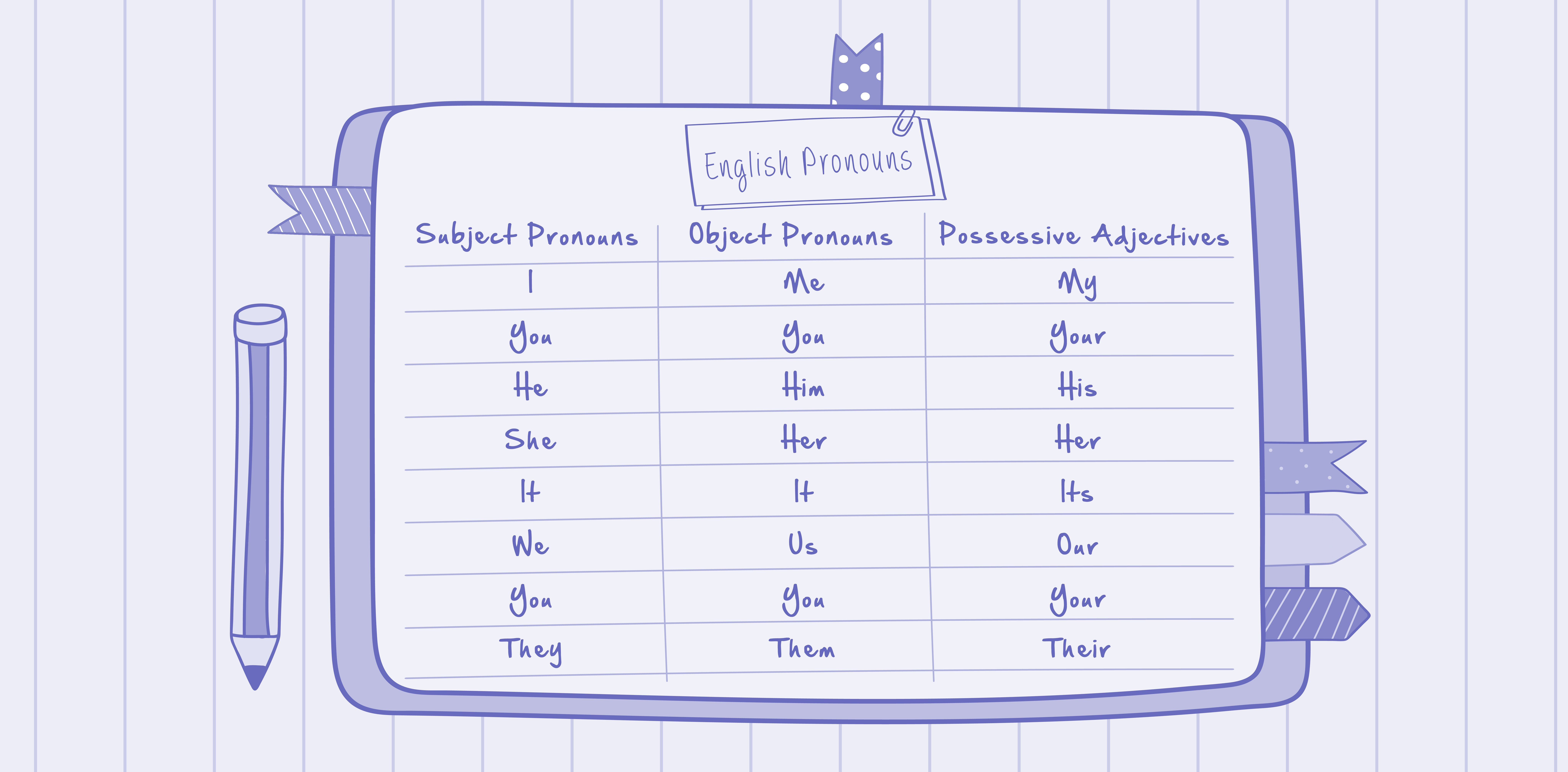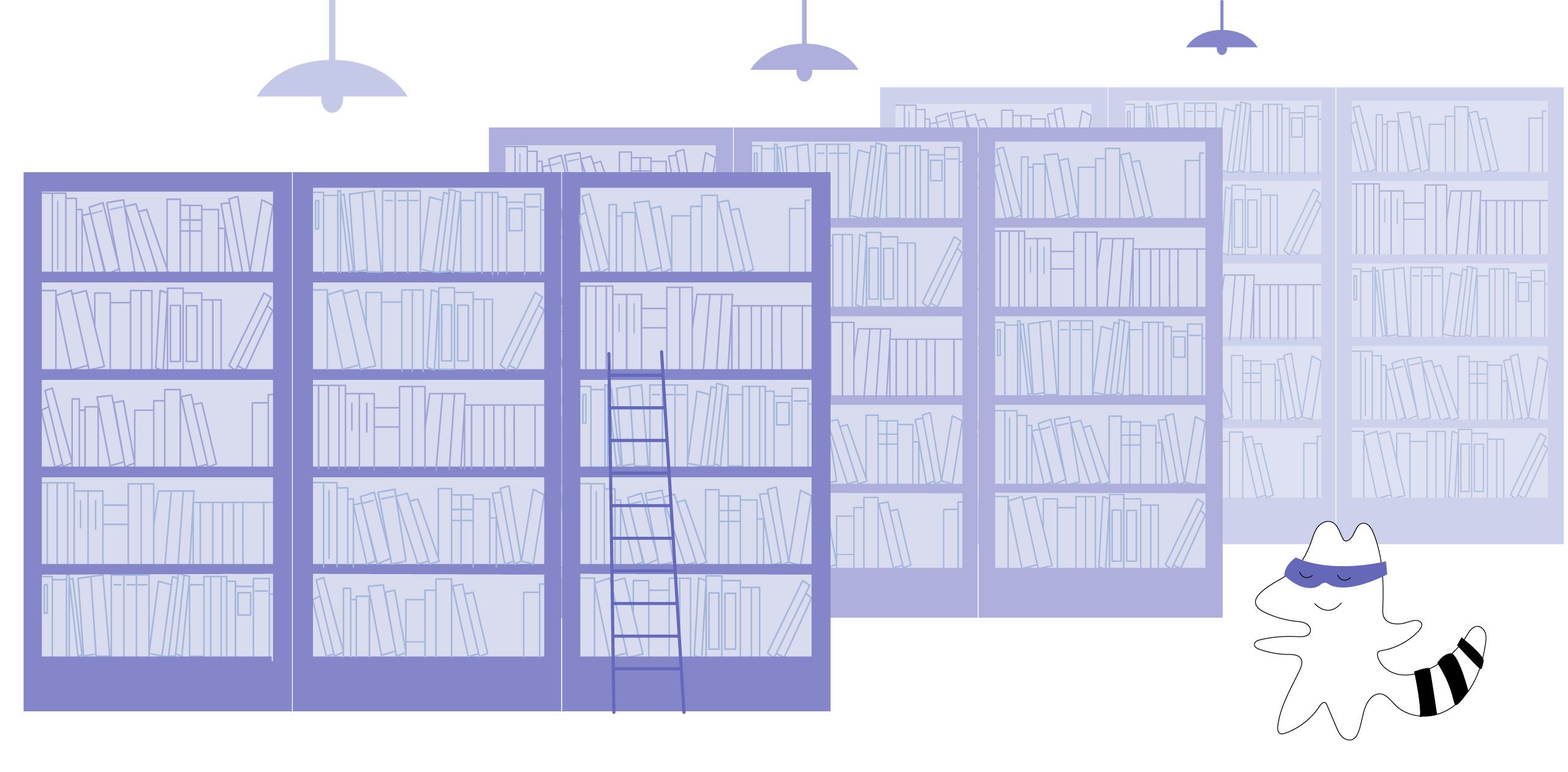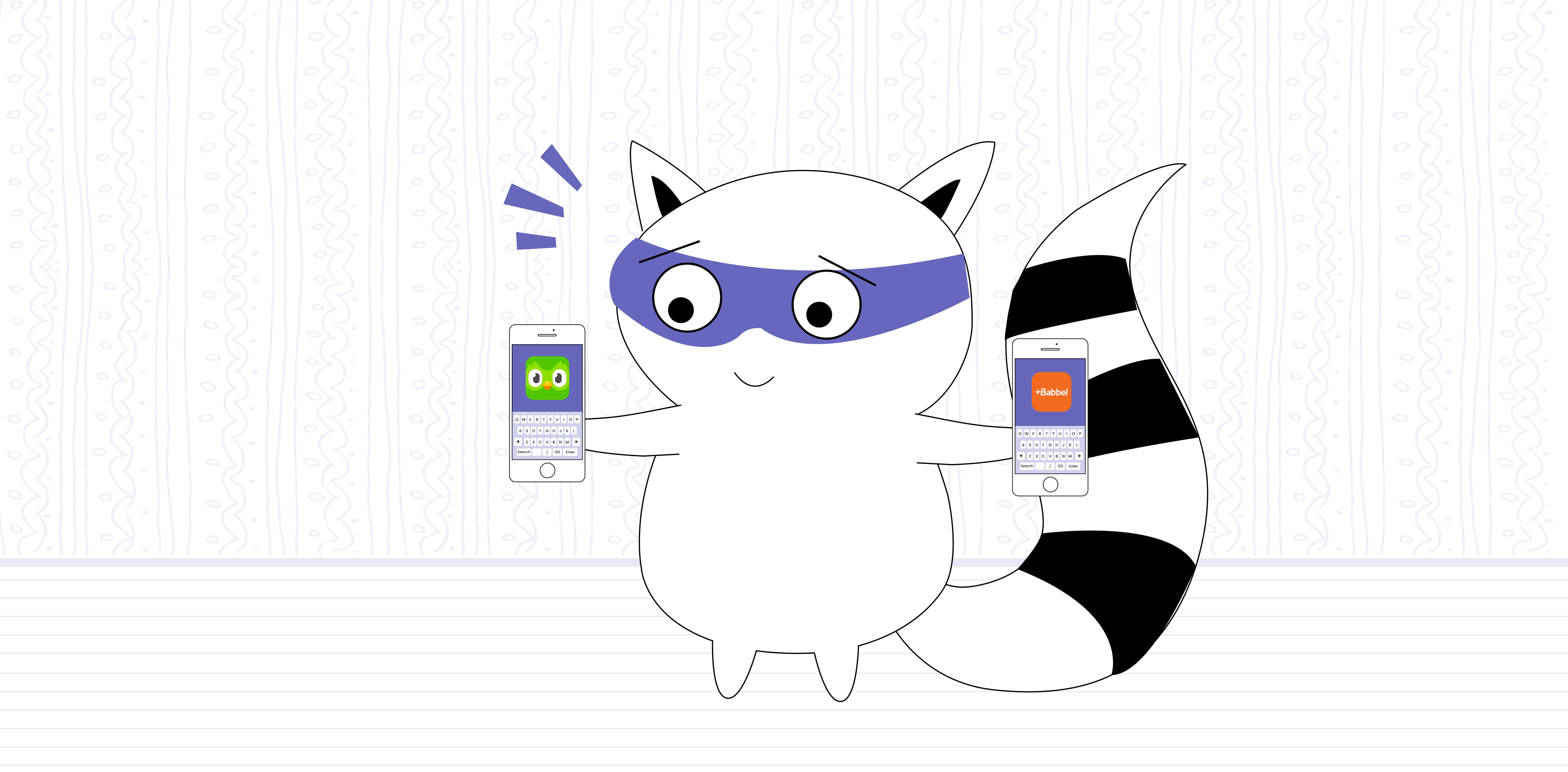
If you've been on the quest to find the perfect language-learning tool, chances are you've come across Babbel and Duolingo in your search. These two giants in the world of language learning offer a plethora of courses in various languages, leaving many learners confused about which platform to choose.
As a language learner yourself, you know the importance of finding the right tool to suit your learning style, pace, and goals.
In this friendly guide, we'll delve into the Babbel vs. Duolingo debate, breaking down each platform’s strengths and weaknesses. Whether you're a beginner dipping your toes into the language-learning world or an advanced learner looking to polish your skills, this comparison will help you make an informed decision.
Remember, the best learning tool is the one that helps you learn effectively and with enjoyment. So, let's embark on this linguistic journey together!
Learn English with Readle
Babbel: A Complete Overview
Babbel, a titan in the arena of language learning apps, offers a comprehensive approach to mastering a new language. Established in 2007, it prides itself on meticulously designed courses that offer catered learning paths for both novices and advanced learners.
Babbel's unique approach focuses on real-life conversation skills, striving to make learners confident in using their new language in everyday situations. The app also takes into account the nuances of each language, delivering tailored learning materials that respect linguistic diversity.
With an array of languages to choose from, Babbel empowers its users to broaden their linguistic horizons at their preferred learning style, pace, and convenience.
Languages You Can Learn with Babbel
Babbel offers courses in 14 different languages, appealing to a wide range of linguistic interests. For English speakers, there are courses available in:
- Spanish,
- French,
- Italian,
- German,
- Portuguese,
- Swedish,
- Turkish,
- Dutch,
- Polish,
- Indonesian,
- Norwegian,
- Danish,
- Russian,
- Brazilian Portuguese.
This wide variety caters to those who want to learn popular languages like Spanish and French, as well as those with an interest in less commonly taught languages like Danish or Indonesian. Each course is specifically designed to reflect the culture and unique linguistic aspects of the target language, providing learners with a holistic language learning experience.
Babbel's Approach
Babbel employs a didactic language teaching method that combines cognitive techniques with communicative learning. Its teaching approach follows the Common European Framework of Reference for Languages (CEFR), ensuring the courses meet international standards.
Babbel’s lessons are interactive, with a mix of writing, reading, listening, and speaking exercises that help to reinforce learning.
The app focuses on teaching practical conversation skills from the get-go, integrating real-life dialogues into courses. This allows learners to grasp the language in context, making it easier to remember vocabulary and apply grammar rules naturally.
Resources and Lessons
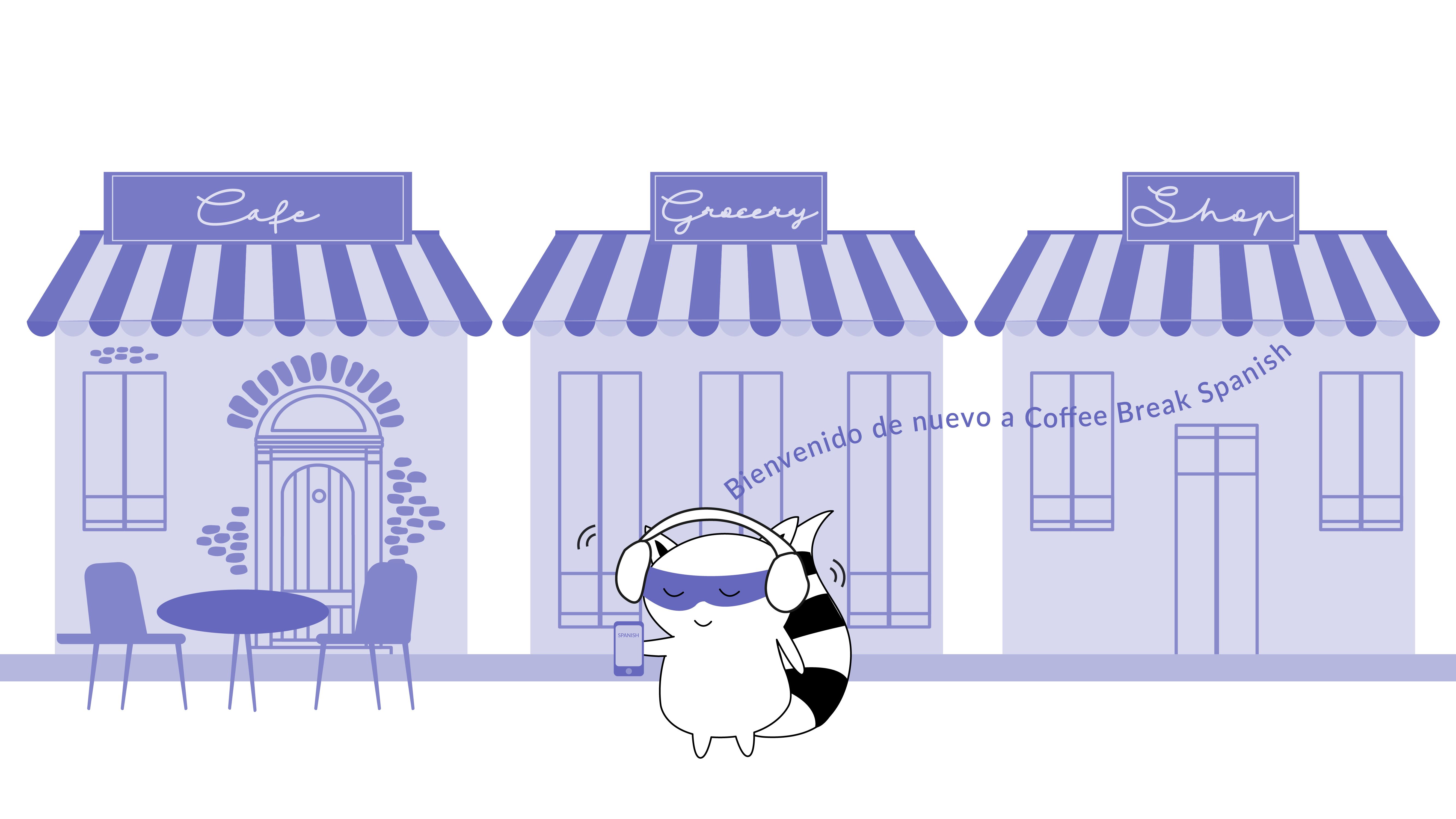
Babbel's resources are diverse and comprehensive; they include grammar lessons, vocabulary training, review sessions, and even podcasts for certain languages. Their courses also encompass a variety of themes such as culture, travel, business, and everyday life, providing a broad context for language learning.
In terms of technology, Babbel uses a spaced repetition system (SRS), which tailors review sessions based on your performance in previous lessons. This ensures that difficult content is repeated more often to aid long-term retention.
Babbel also offers offline learning, with downloaded lessons available on your device anytime, anywhere, to promote seamless and flexible foreign language learning.
Moreover, Babbel provides professional support from a dedicated team of language educators, linguists, and authors. This guarantees course quality and allows for continuous updates based on user feedback and the latest language learning research.
In summary, Babbel's approach is not merely to teach a language but to cultivate a confident language user who can navigate real-world situations effectively with their newly acquired language skills.
Frequently Asked Questions about Babbel
How much does it cost to learn languages with Babbel?
Babbel offers a subscription-based language-learning service. The cost of learning languages with Babbel typically involves a subscription fee. The pricing structure may vary based on factors such as the duration of the subscription and any ongoing promotions, but monthly plans start at around $10.
What teaching approach does Babbel use?
Babbel employs a didactic method that combines cognitive techniques with communicative learning. It uses the CEFR as a guideline, ensuring the courses meet international standards.
Does Babbel offer resources other than language lessons?
Aside from language lessons, this language learning app offers a variety of resources, such as grammar lessons, vocabulary training, review sessions, and podcasts for certain languages.
Can you learn more than one language with Babbel?
Yes, you can learn more than one language with Babbel. Babbel offers courses in multiple languages, and subscribers have the flexibility to choose which languages they want to learn. The platform allows you to switch between languages and customize your learning path based on your preferences and goals.
Who creates the courses at Babbel?
Babbel's courses are designed by a dedicated team of language educators, linguists, and authors, ensuring quality content that aligns with the latest language acquisition research.
Duolingo: A Complete Overview
Established in 2011, Duolingo is a leading platform in the world of language learning apps. It champions a game-like approach to language acquisition, transforming the learning process into a fun and interactive experience.
With over 300 million registered users globally, most language learners know this app, and it caters to beginners and intermediate learners aiming to master a new language or improve their existing skills.
Each language learning program is uniquely structured, taking into account the distinct characteristics of each language and providing culturally relevant content. The app's teaching methodology employs a blend of listening, speaking, reading, and writing exercises that are easy to follow and gradually increase in complexity.
It uses speech recognition exercises and incorporates a spaced repetition system, introducing new words and phrases while continuously reinforcing previously learned content.
Additionally, Duolingo offers competitive features, such as leaderboards and rewards, to cultivate an environment of motivation and engagement. Duolingo's goal is not just to teach languages but to make language learning accessible, enjoyable, and effective for everyone.

Languages Offered by Duolingo
Duolingo boasts an expansive catalog of over 30 languages available for English speakers. The app caters to a broad spectrum of users by offering courses in popular languages such as Spanish, French, and German.
These languages, often spoken in multiple countries, provide learners with valuable communication tools that can be used in various professional, academic, or personal contexts.
Furthermore, Duolingo dedicates its resources to ensuring that the content of these courses stays updated and engaging to enhance the learning experience. In addition to mainstream languages, Duolingo also offers courses in less commonly taught languages like Welsh and Navajo or even fun, constructed languages like Esperanto.
These courses are invaluable for learners with specific linguistic interests or heritage language learners who wish to connect with their cultural roots. Notably, the app's flexibility also extends to fictional languages, with courses available in High Valyrian and Klingon, catering to the ardent fans of Game of Thrones and Star Trek, respectively.
Every course on Duolingo is meticulously curated, keeping in mind the distinct cultural and linguistic aspects of each language to enrich the learner's understanding and appreciation of the language beyond its grammatical and lexical components.
Duolingo's Approach
Duolingo's teaching methodology is specifically designed to convert the language learning process into an engaging, game-like experience.
The gamification of learning in these language learning platforms is achieved through bite-sized lessons, streaks, points, and leaderboards, fostering a sense of competition and motivation among learners.
Resources and Lessons
The app's lessons are structured as short, interactive exercises that combine different aspects of language acquisition, including listening, speaking, reading, and writing. The complexity of these exercises gradually increases as learners progress, ensuring a smooth learning curve.
In addition to this, Duolingo provides an array of additional resources to supplement learning. These include stories, podcasts, and events that not only help learners practice the language in various contexts but also provide cultural insights, enhancing the overall learning experience.
The app also offers in-depth insights into learners' progress through personalized analytics, keeping them informed and motivated. Lastly, Duolingo’s offline mode allows learners to continue their language studies even without an internet connection, supporting flexibility and consistent learning.
By providing a blend of interactive learning resources, Duolingo ensures an accessible, enjoyable, and effective language learning journey for its users.
Frequently Asked Questions about Duolingo
How long does it take to learn a language with Duolingo?
The time it takes to learn a language with Duolingo varies based on individual factors such as prior language knowledge and consistent practice. For basic proficiency, it may take a few months of regular use. However, achieving fluency typically requires additional practice, immersion, and exposure beyond what Duolingo alone can provide.
Is Duolingo game-based?
Yes, Duolingo employs a gamification approach to language learning, with features like bite-sized lessons, streaks, points, and leaderboards to foster a sense of competition and motivation.
What's included in the Duolingo subscription?
Duolingo offers a free version with ads and a premium subscription called Duolingo Plus. The subscription typically includes features such as:
- Ad-free experience. Duolingo Plus removes ads from the app, providing a more seamless learning experience.
- Progress tracking. Duolingo Plus may offer enhanced progress tracking and insights into your language learning journey.
Does Duolingo provide both Android and iOS apps?
Yes, Duolingo provides language-learning apps for both Android and iOS platforms. You can download the Duolingo app from the Google Play Store for Android devices and the App Store for iOS devices.
Can I learn offline with Duolingo?
Yes, Duolingo offers an offline mode, enabling learners to continue their language studies without an internet connection.
Comparing Babbel and Duolingo
When it comes to language learning applications, both Babbel and Duolingo have established themselves as leading platforms in the industry. They each offer a unique approach to language learning, catering to a wide range of learning styles and objectives.
Although they share the common goal of making language learning accessible and engaging, the execution of their methodologies and the resources they provide vary significantly.
In the following sections, we will delve deeper into the features, offerings, and teaching styles of Babbel and Duolingo, providing a comprehensive comparison to help potential users make an informed decision.
User Experience
When it comes to user experience, both Babbel and Duolingo offer user-friendly interfaces.
However, Duolingo's playful, game-like design makes it more engaging and motivating, particularly for younger learners.
Babbel, on the other hand, presents a more structured and mature interface, appealing to adult learners who appreciate a systematic approach to language learning.
Pricing
In terms of pricing, Duolingo stands out as it provides a comprehensive language learning experience free of charge. While it does offer a premium subscription, the free version is sufficient for many learners.
Babbel, conversely, operates primarily on a subscription-based model, charging users for access to its language courses.
Speaking Skills Improvement
Regarding the development of speaking skills, Babbel places a strong emphasis on real-life conversations, using dialogue-based lessons to help learners gain confidence in speaking.
Duolingo, on the other hand, focuses more on vocabulary acquisition and sentence construction, which may not provide as much speaking practice.
Variety of Language Offerings
Duolingo offers a larger variety of languages to choose from, including less common languages and even fictional ones.
Babbel, while offering fewer languages, focuses more on widely spoken languages and provides in-depth courses for each.
Additional Learning Resources
Both apps offer additional resources for learning beyond their core lessons.
Duolingo offers stories, podcasts, and events for added cultural context and practice. Babbel provides access to live classes, podcasts, and other resources with its subscription.
Both platforms offer comprehensive learning experiences but do so through distinct approaches.
Grammar Instruction
When it comes to explicating grammar rules, Babbel takes the lead. Alongside its interactive lessons, Babbel provides detailed grammar explanations, ensuring learners understand the structure of the language they’re studying. These grammar lessons are systematically incorporated into each course, providing context and promoting a clear understanding of the rules governing language use.
Duolingo, on the other hand, places a greater emphasis on intuitive learning through pattern recognition. It provides basic explanations but often encourages learners to grasp the grammar rules by practicing and identifying patterns in the language exercises.
Course Length
In terms of the journey and course length, both Babbel and Duolingo offer flexible learning paths. However, the structure of their courses differs significantly.
Babbel’s courses are generally longer and more structured, providing comprehensive coverage of the language with a stronger focus on grammar and conversation skills. This makes this language app more suitable for learners aiming for thorough understanding and proficiency in a new language.
In contrast, Duolingo’s courses are more modular and bite-sized, making it easier for learners to fit lessons into their busy schedules. Duolingo's approach is more gamified, and the emphasis is on motivating learners to maintain a daily streak, thereby making language learning a consistent habit.
Recommendations for Using Babbel and Duolingo
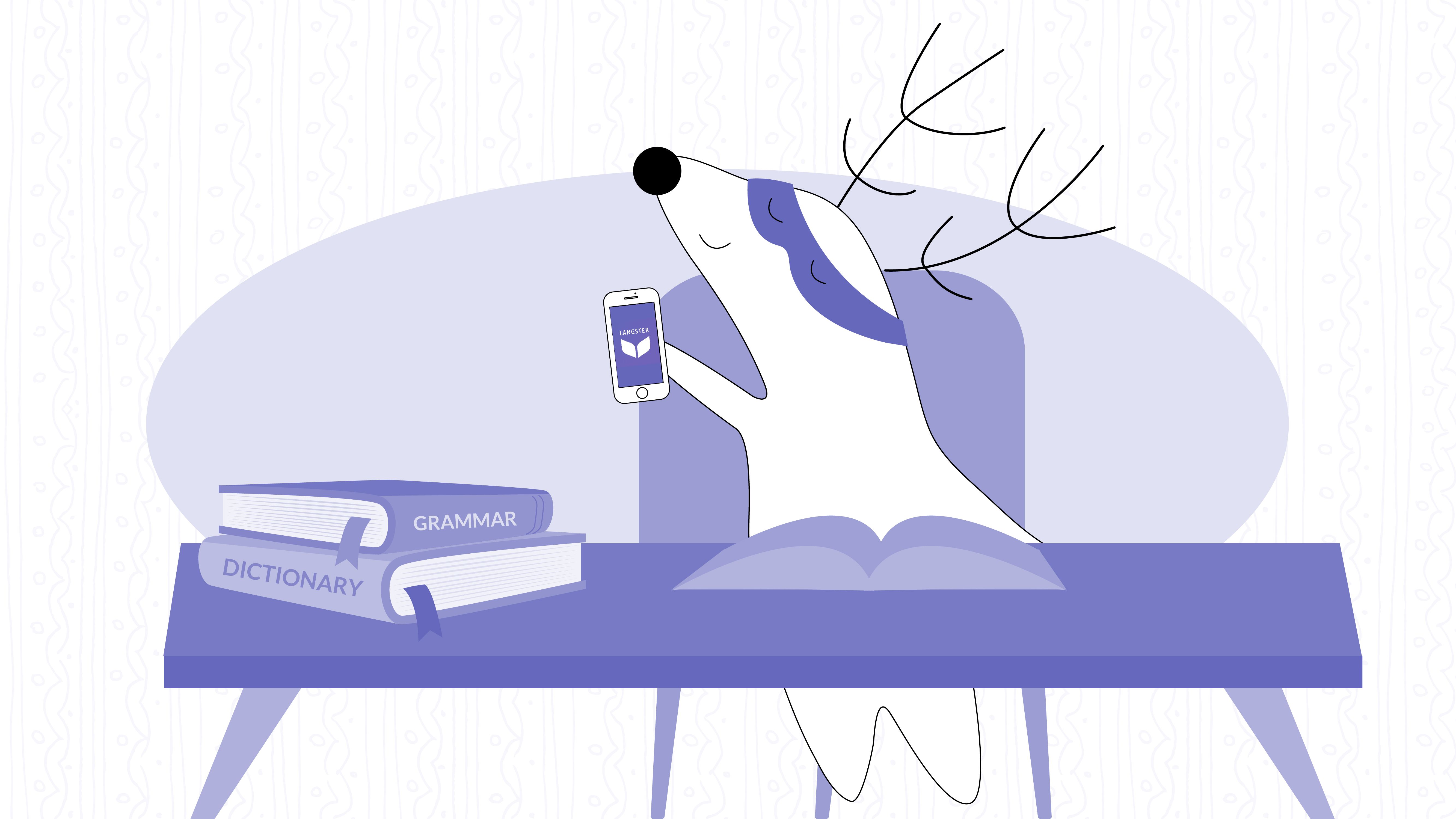
While both apps offer unique approaches to language learning, they can be used in conjunction to maximize your learning experience.
Duolingo, with its gamification and intuitive pattern recognition method, is excellent for daily vocabulary building and reinforcing language habits. Its short, bite-sized lessons make it a perfect tool for quick daily practice, especially for beginners or casual learners.
On the other hand, Babbel, with its in-depth courses and detailed grammar explanations, is more suited for dedicated study sessions. It provides the structure needed for a deep understanding of language mechanisms, making it a great tool for many language learners aiming for proficiency or learning a language for professional purposes.
By using Duolingo for daily practice and Babbel for structured learning, you can enjoy a holistic and well-rounded language learning experience.
Always remember: Consistency is key in language learning, and using both these apps can help you maintain that consistency while keeping the learning process engaging and enjoyable.
Tip 1: Utilize Duolingo's Practice Feature
Duolingo's Practice feature allows learners to reinforce what they've learned by repeating older lessons. Regularly using this feature can solidify your knowledge and understanding of a language.
It can also help you earn points and level up, making the learning experience more exciting and rewarding.
Tip 2: Take Advantage of Babbel’s Review System
Babbel's Review System is a useful tool that helps you revisit and revise previously learned material, strengthening your memory and recall. It uses a spaced repetition algorithm, presenting the information just before you're likely to forget it, thereby enhancing your long-term retention.
Tip 3: Utilize Babbel's Live Classes
Babbel's Live Classes provide an opportunity for direct interaction with experienced language tutors, native speakers, and fellow learners. This is a great way to practice real-time communication, fine-tune your pronunciation, and gain additional cultural insights.
Do not hesitate to participate actively in these sessions to enhance your learning experience.
Tip 4: Make Use of Duolingo’s Language Clubs and Leaderboards
Duolingo's Language Clubs and Leaderboards offer a social element to language learning. You can join clubs to connect with other learners, share learning tips, and experience some healthy competition.
This can be a great motivation booster and help create a more engaging language learning experience.
The Bottom Line
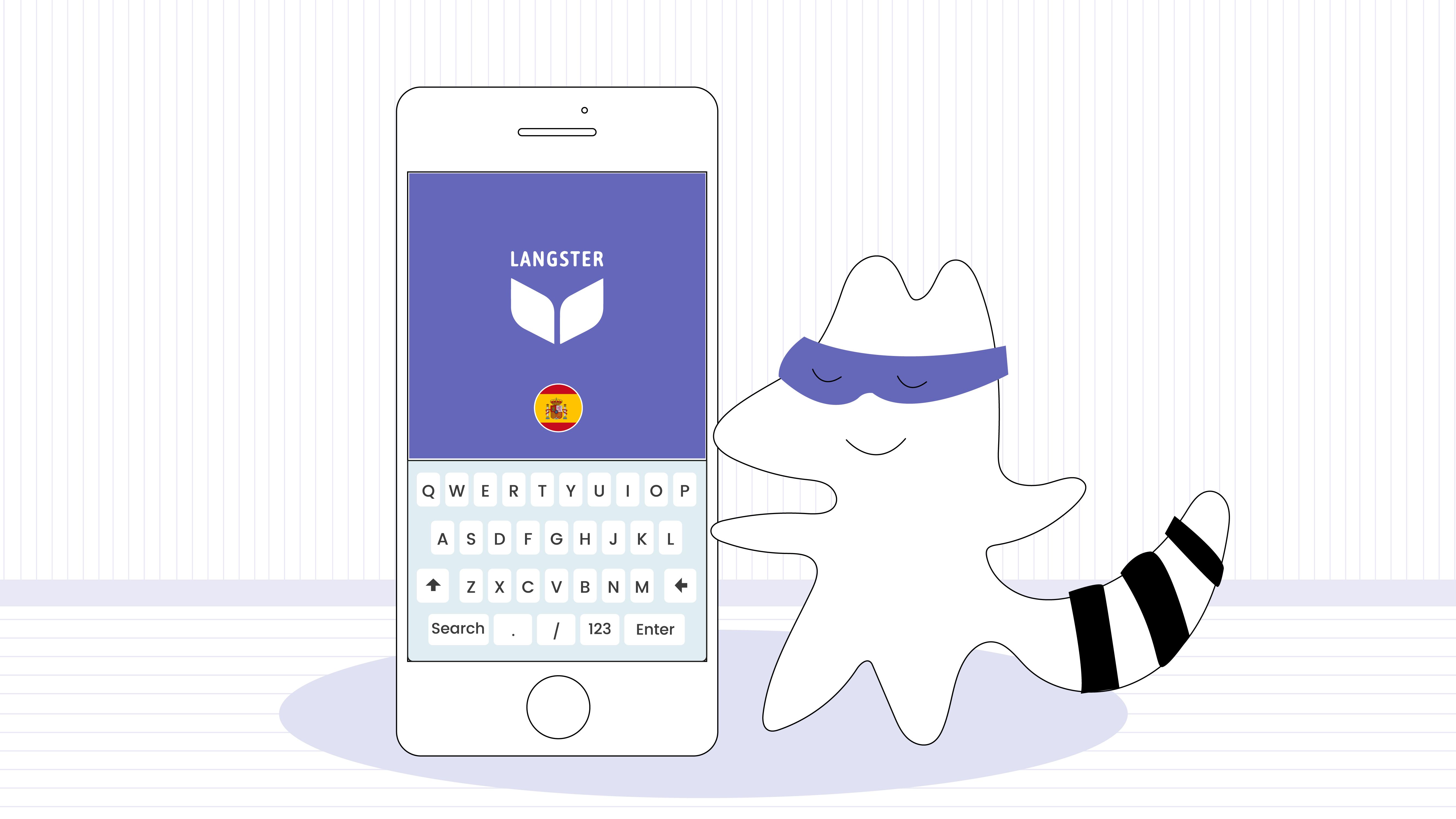
In conclusion, both Babbel and Duolingo are robust platforms for language learning, each with unique approaches and features.
Duolingo's gamified, bite-sized lessons make it an excellent tool for vocabulary building and daily practice, while Babbel’s structured and in-depth courses, enriched with detailed grammar explanations, cater to learners seeking comprehensive understanding of a language.
By effectively leveraging these two platforms in conjunction, you can create a well-rounded language learning routine that stays both engaging and productive.
While Babbel and Duolingo offer great value, don't forget to diversify your learning resources. This is where Langster comes in with its innovative language-learning approach. Langster offers real-world simulations to immerse you in true-to-life situations, allowing you to learn a language in context.
So, why wait? Add another dimension to your learning journey by downloading Langster today, and embark on an exciting and immersive language learning adventure!
Learn English with Readle







